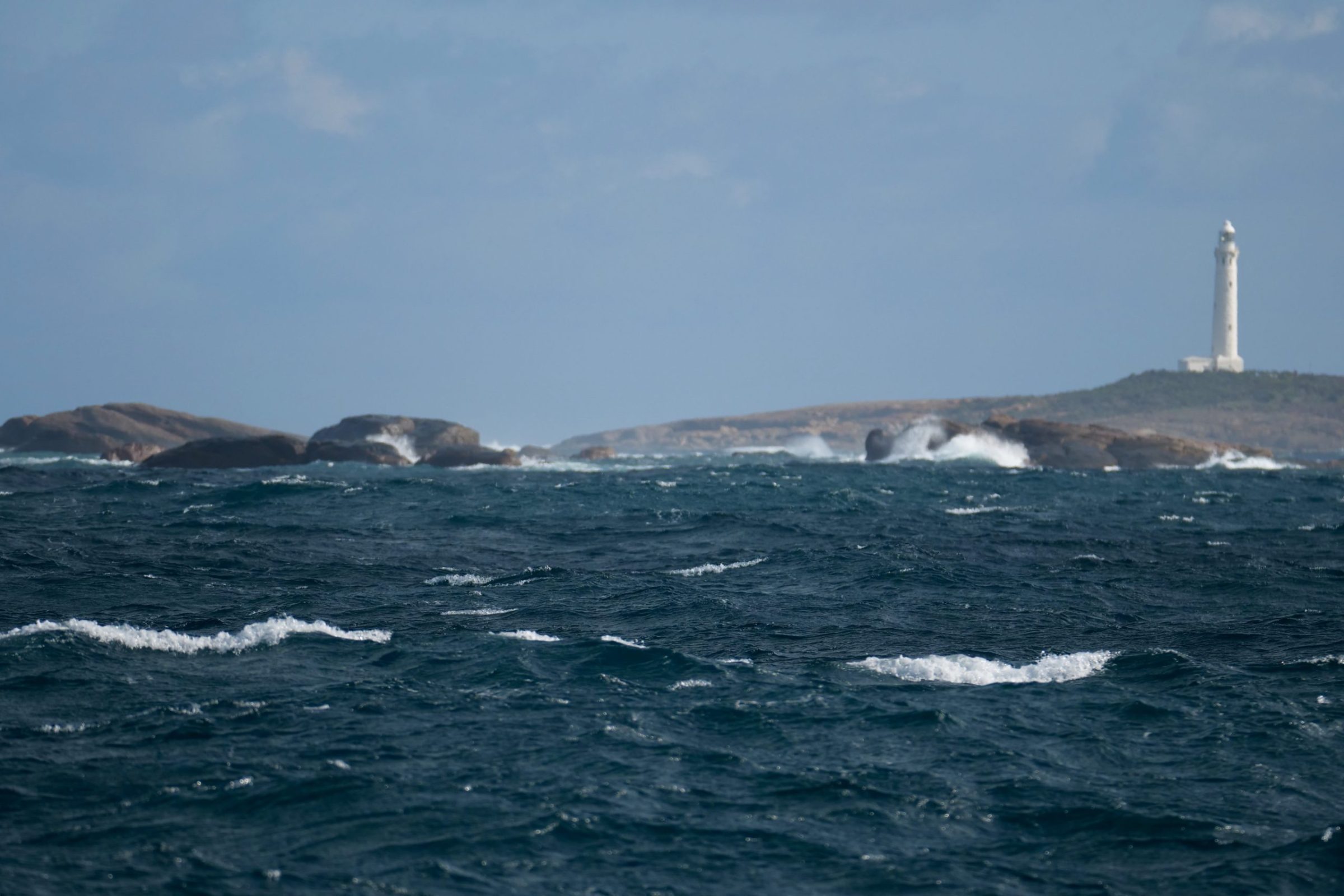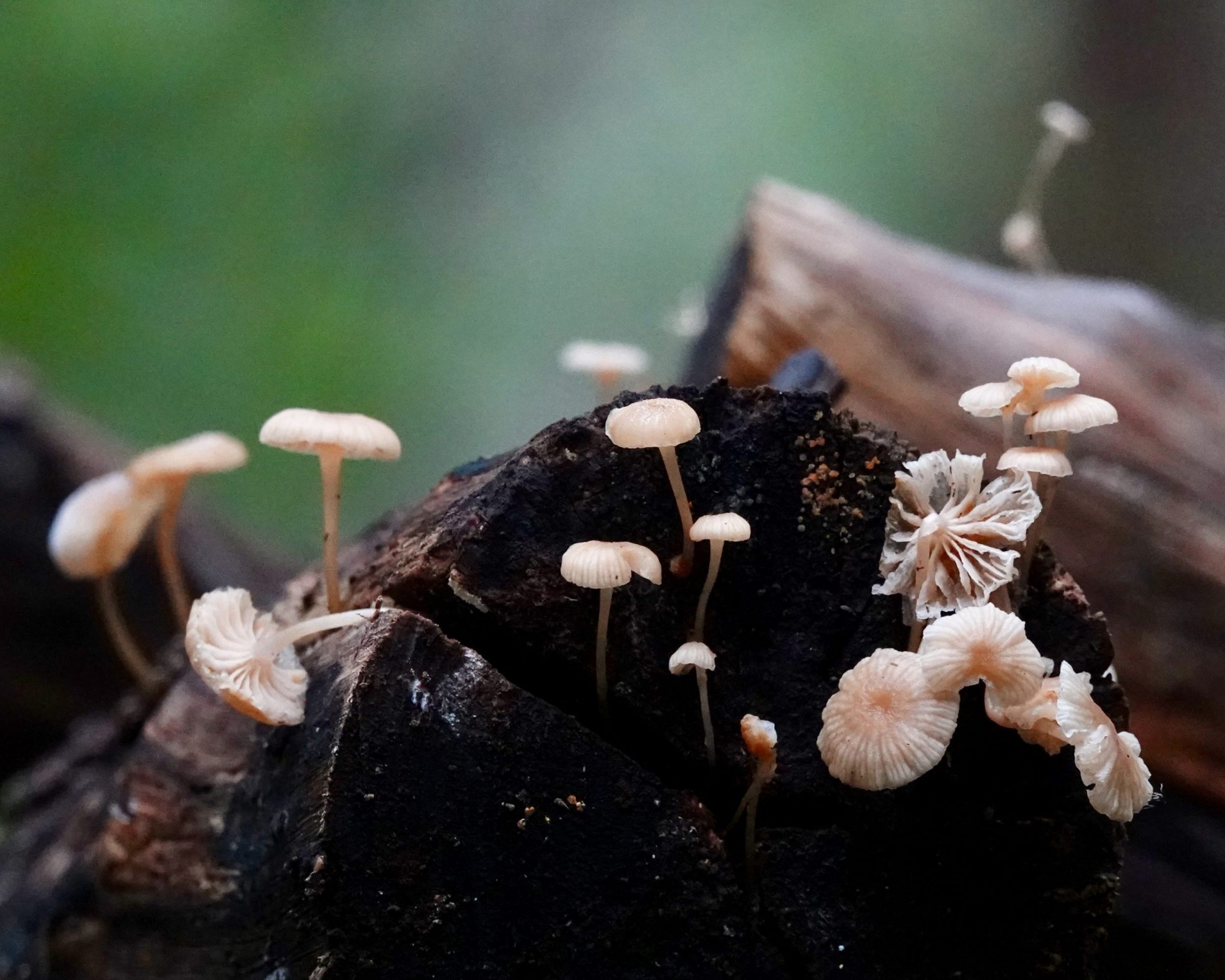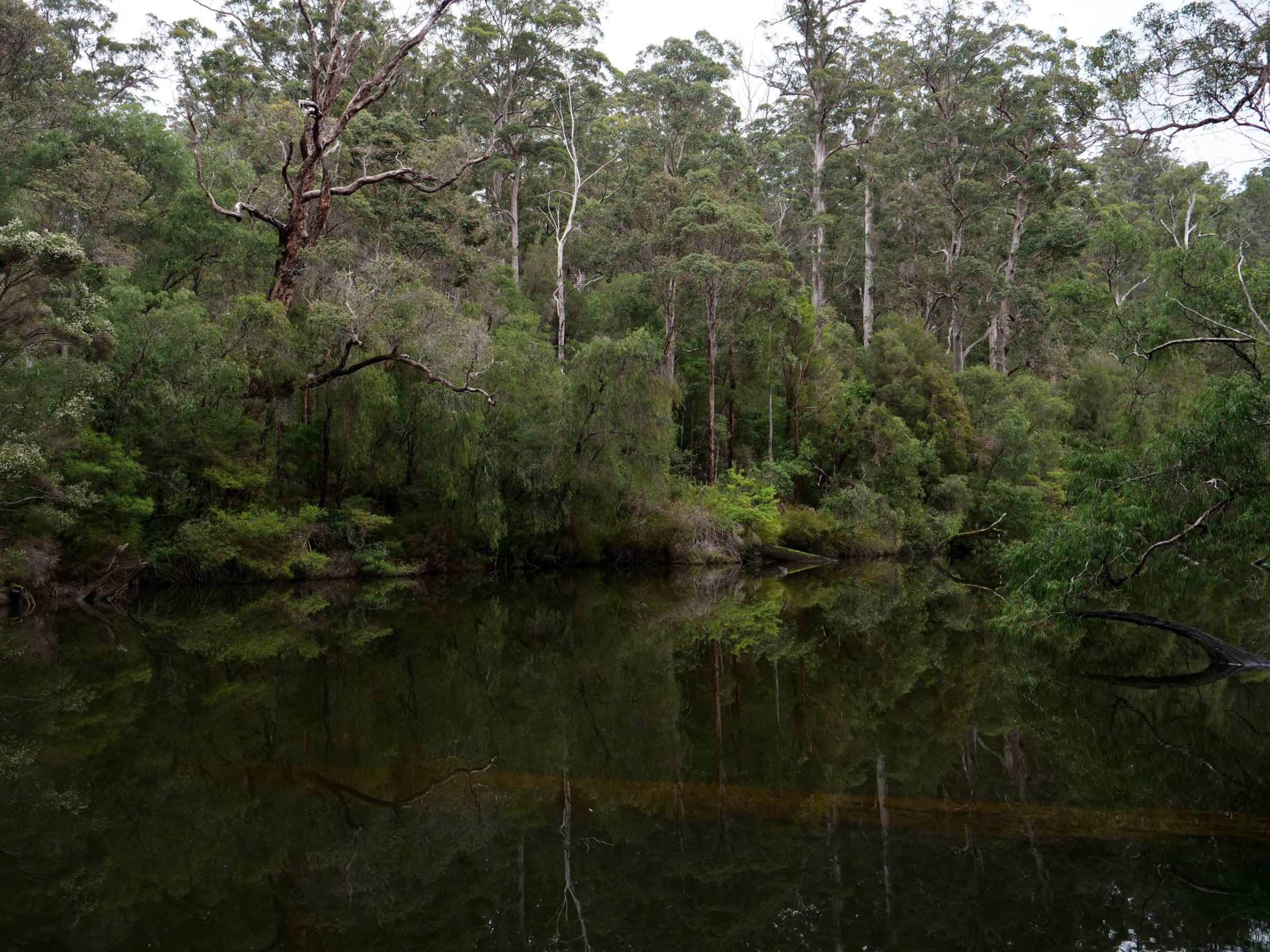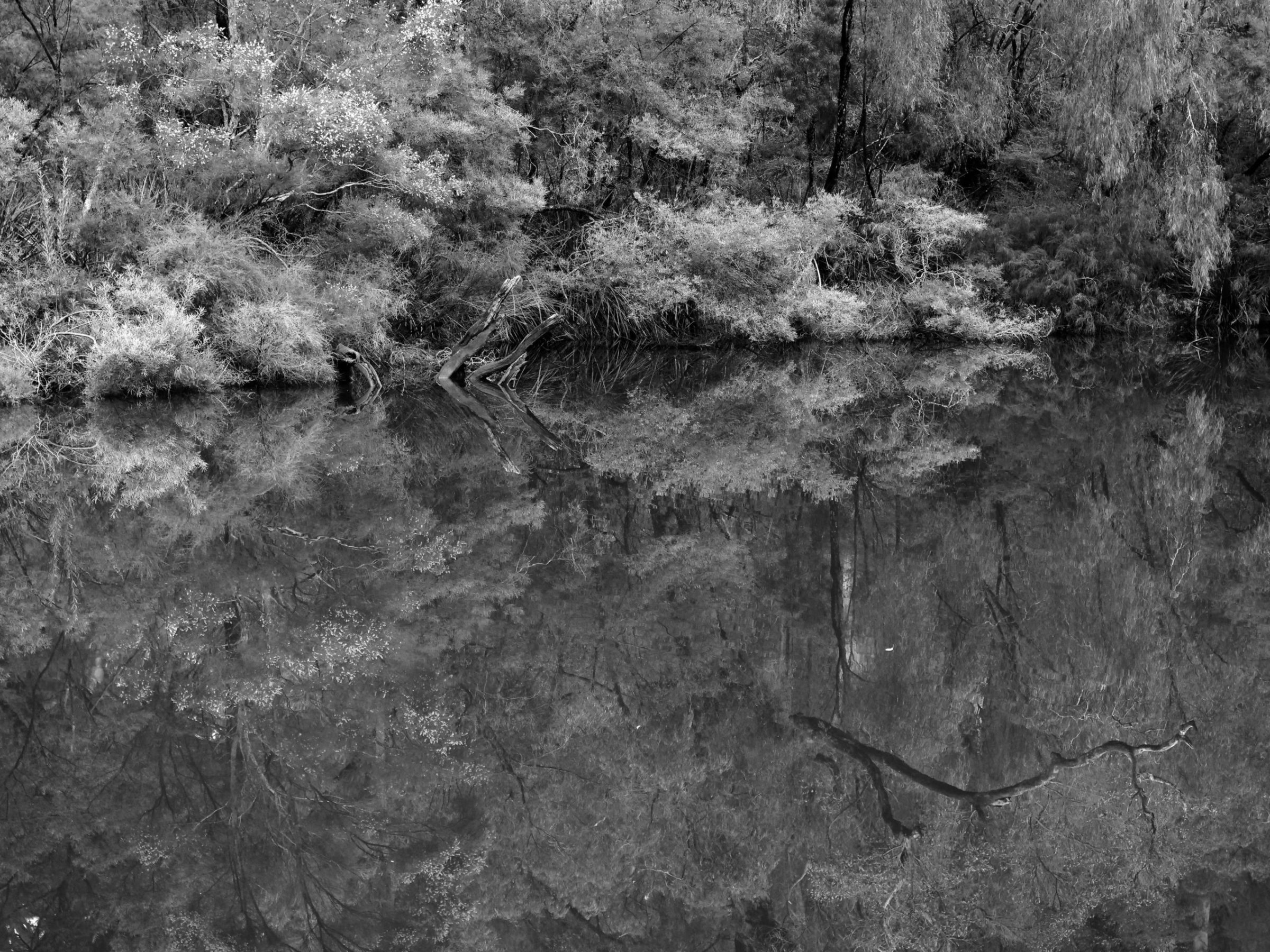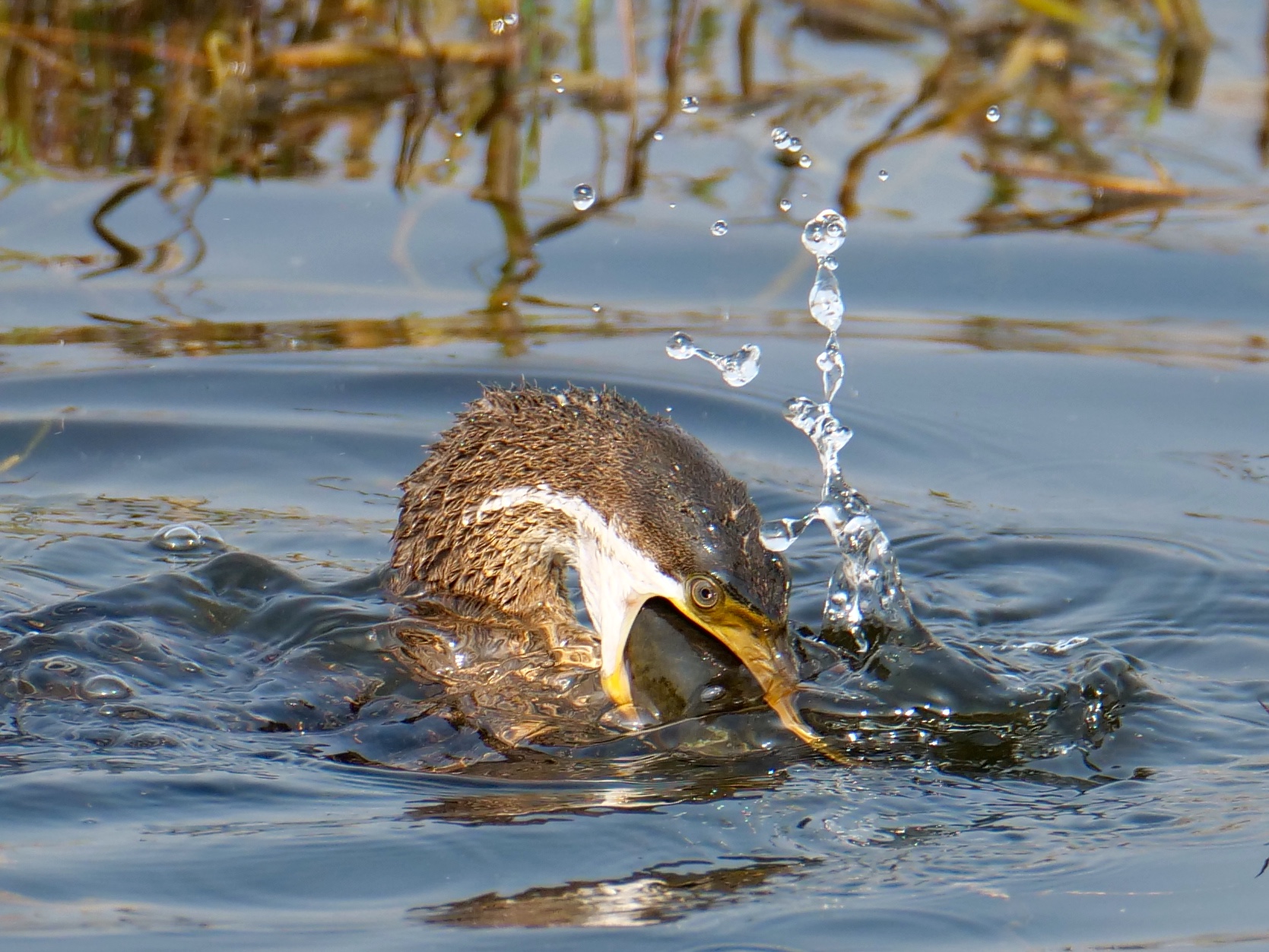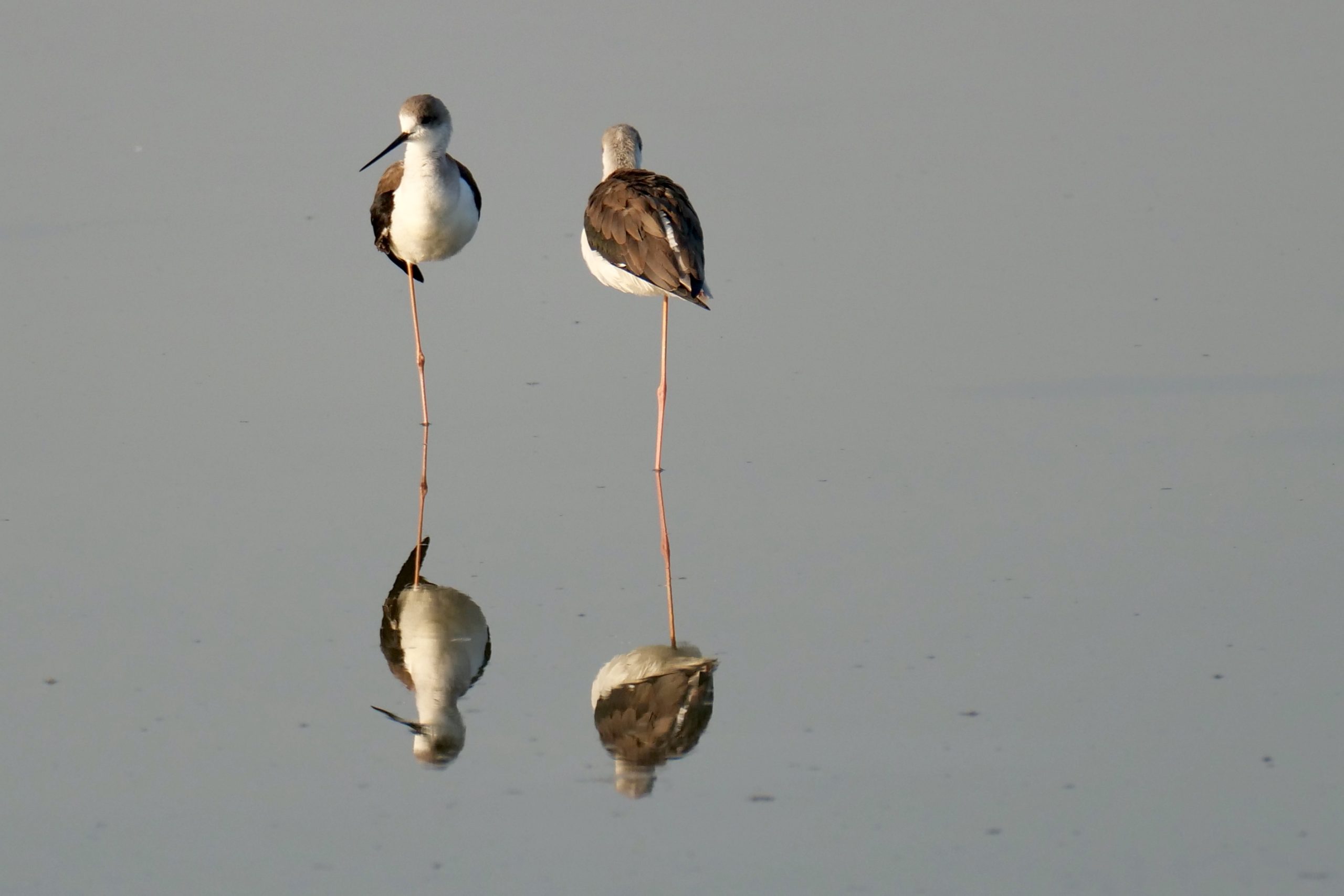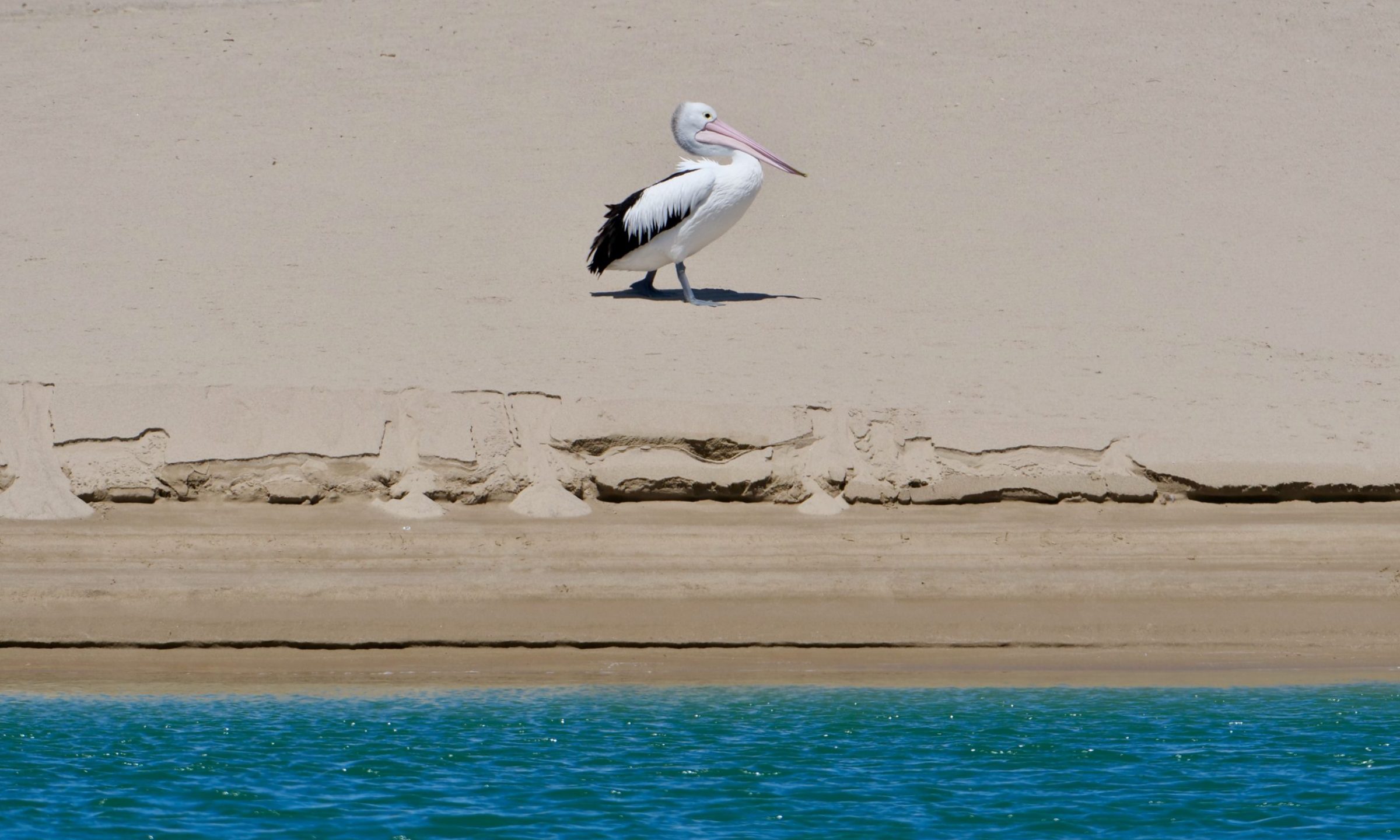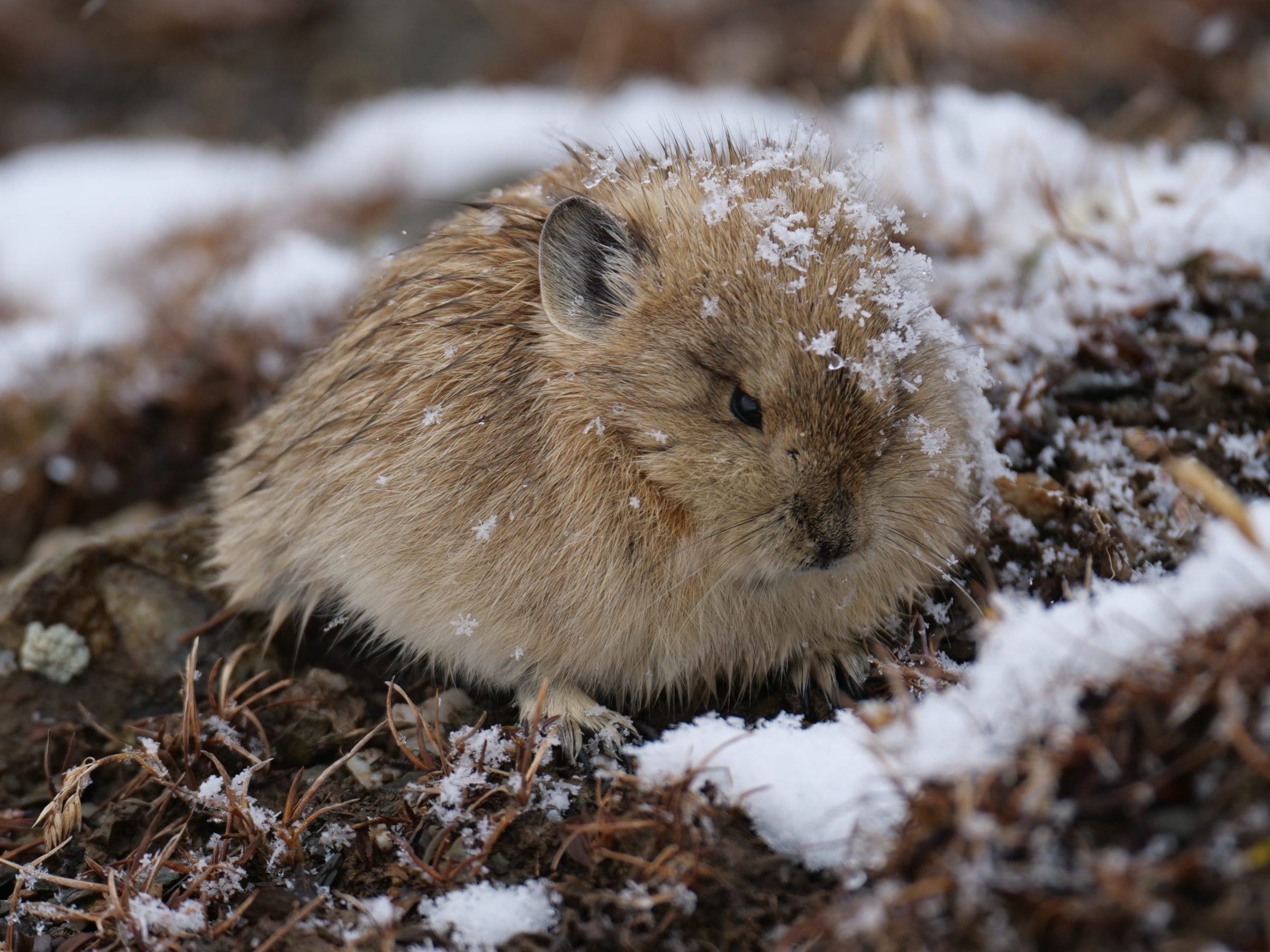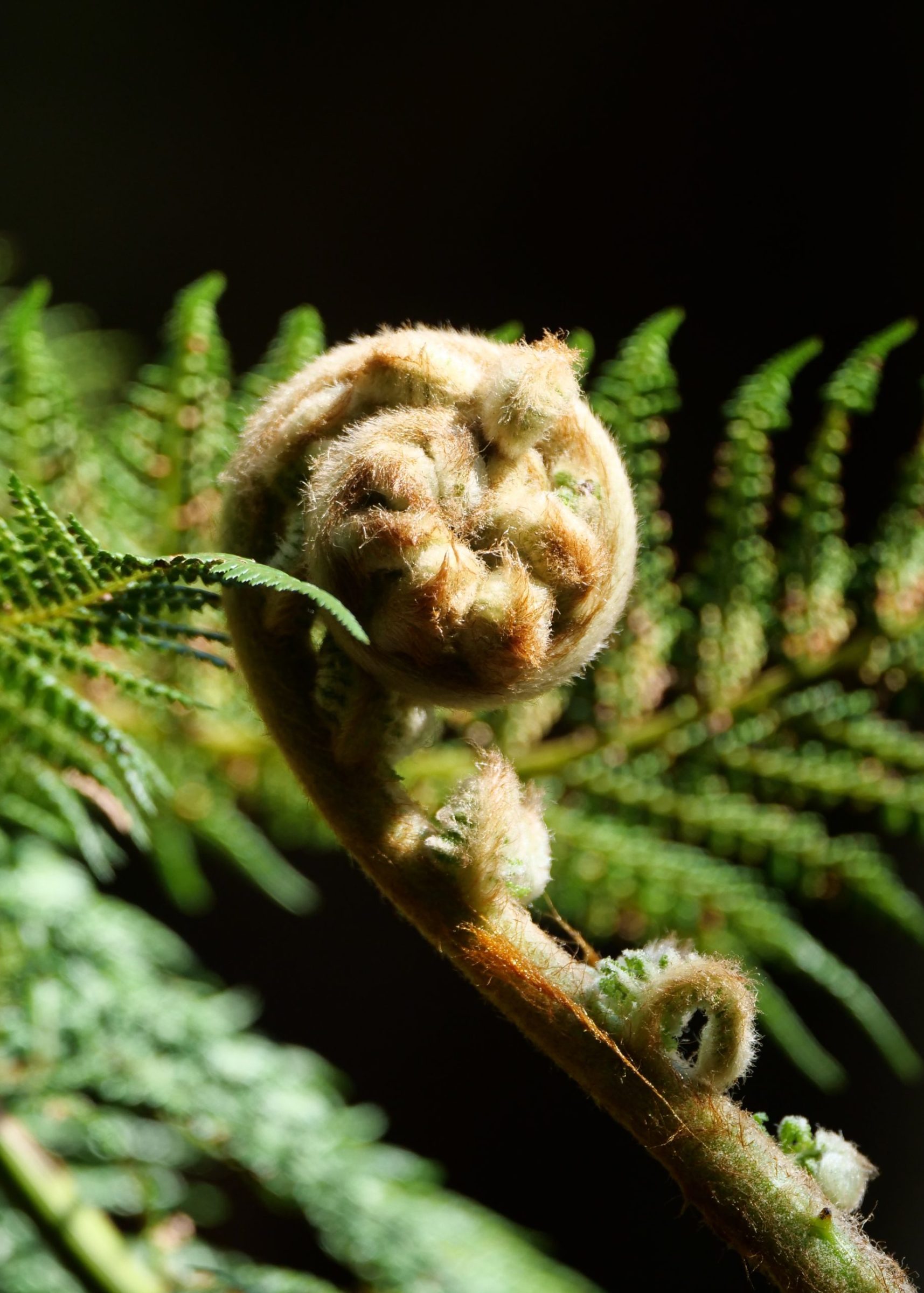Four kilometres south of the little town of Augusta is Cape Leeuwin, atop which sits the Australian mainland’s tallest lighthouse.
The much-promoted notion that this is where two oceans meet is highly debatable; arguably, the Indian Ocean laps both sides of Cape Leeuwin.
Regardless, it is our continent’s bottom left hand “corner”, and the Augusta/Leeuwin “corner” is a wonderful place.
One Comment